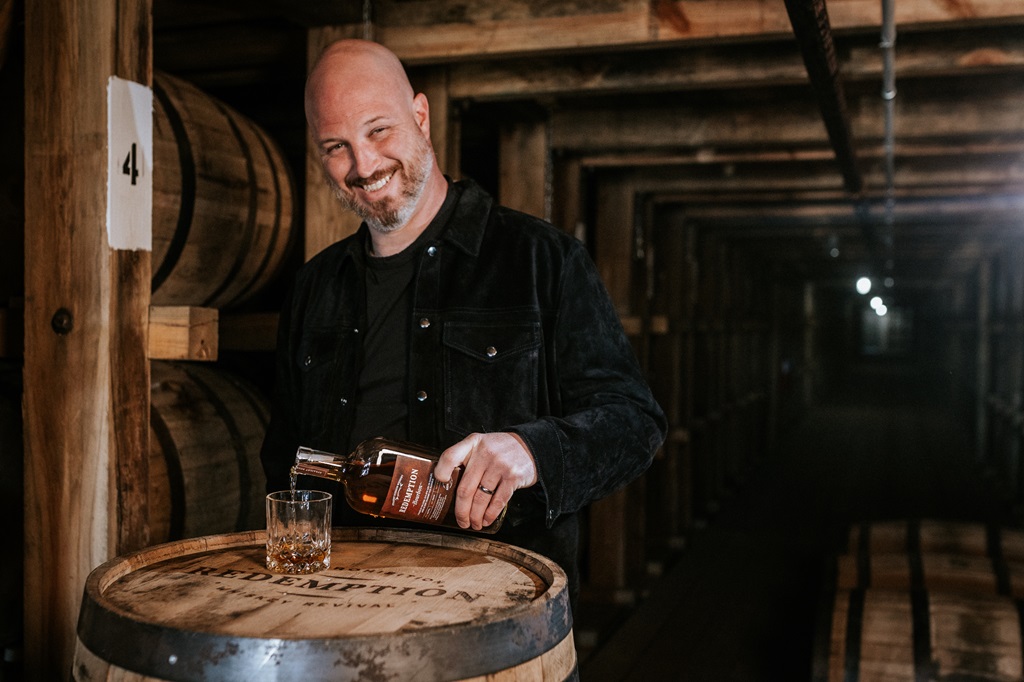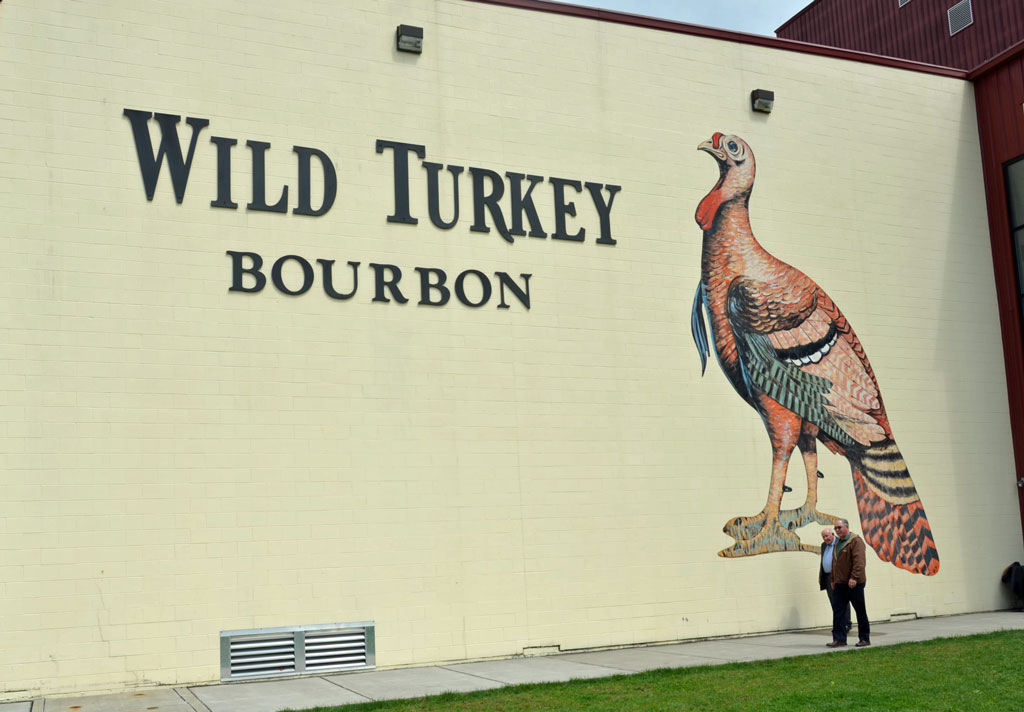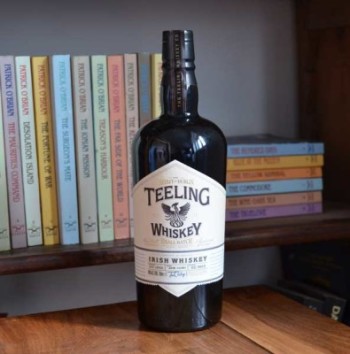Busting The Biggest Myth Of Tennessee Whiskey
By Richard Thomas
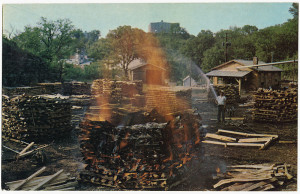
(Credit: Public Domain)
One of the ugly little secrets of sensory science is just how much the senses of taste and smell can be influenced by preconceptions. Ideally, this reality can be guarded against, and it’s what makes the notion of the blind taste test so interesting. The Paris Wine Tasting of 1976 was the earliest lesson of just how snobbery and closure to new concepts can condition and blinker people who are supposed to be expert and rational in a given field, opening the door to biases. That wine tasting has been immortalized in film, and did more than any single event to give us a world where wines not from France are actually taken seriously, precisely because it proved that wines from not-France could compete.
A narrower example of this psychsomatic effect on taste has infested writing about American whiskey: the perception of a maple syrup note in Tennessee Whiskey. The processing of the chemical signals our olfactory senses send to our brains is interpretive and based on experience, so different experiences can lead two different people to label a particular note differently. But knowing the maple flavor is as close to universal as it gets in the United States, so that isn’t the reason so many of my colleagues consistently find a maple note in Jack Daniel’s and George Dickel whiskeys. Some have even found it in the in-house Greenbrier White Label.
That maple note is not there, period, and the reason some see it isn’t because a neurological signal connects that sensation to the closest memory. This connection is made because of a preconception of the Lincoln County Process, a preconception that hilariously means they’ve wholly misunderstood what the process is for. In other words, when you read “this Dickel has a maple note,” that should be translated as “I never learned why George Dickel does what it does, but I’m writing about them anyway.”
The Lincoln County Shortcut
Tennessee’s signature contribution to whiskey-making is the institutionalization of charcoal leaching, better known as the Lincoln County Process. Distillers in the state didn’t invent the charcoal filtration of new make whiskey, but it just so happens that Jack Daniel’s is from the state, and that company has always utilized this method. Since Jack Daniel’s is America’s biggest whiskey brand, and second only to Johnnie Walker worldwide, that means charcoal leaching has become synonymous with the company and its region of origin: Lincoln County.
Tennessee whiskey-makers have traditionally relied upon sugar maples to supply the hardwood for making that charcoal. This tradition is now enshrined in law, so the wood source for the charcoal used in making Tennessee Whiskey can only be sugar maple. That choice of wood, however, is entirely about availability and has nothing to do with imparting flavor. The use of any charcoal will, in a sense, actually subtract flavor from a new make whiskey, and sugar maple is no exception.
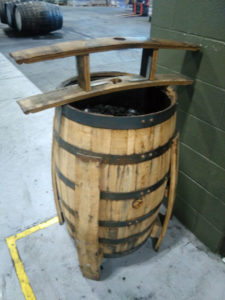
(Credit: Richard Thomas)
The Lincoln County Process serves the same purpose as a Brita filter. Charcoal has a very high carbon content and a porous, high-volume surface. Carbon is chemically sticky. So, filtering a liquid through charcoal removes certain reactive compounds from the liquid. If that is what you want, the liquid is purified.
This information is available in most supermarkets and on countless survivalist TV shows, but somehow these facts have failed to penetrate the brains of some of my colleagues. This is especially the case of those who (apparently) have never asked the folks from Jack Daniel’s, George Dickel or others just what the Lincoln County Process is supposed to do. By subtracting volatile compounds from it, the new make gets a head start on some aspects of maturation, because those volatile compounds would have otherwise broken down after several years of maturation.
In the 2010s, many newcomers to whiskey-making were touting gimmicky methods involving pressure cooking and sonic treatments to accelerate the maturation process. All of them overlooked a time-tested, proven method for producing a smooth, mellow whiskey in half the time: the Lincoln County Process.
The process has its drawbacks. Recall that the eliminated compounds break down during the maturation process. Without getting into a lengthy chemistry lesson, what they break down into is useful in producing what people like about middle aged and old whiskeys. Still, the point is charcoal filtration is exactly that: a filter, not an infusion.
Why Sugar Maple?
To explain why a Tennessean would choose sugar maple for his filtration charcoal, first answer this question: why isn’t there a substantial maple syrup industry anywhere in the United States south of, say, Massachusetts? The trees thrive across North America, so what is it about very northern sugar maples that make them viable for making syrup, but not those growing south of New England?
First, did you know you can make syrup from trees other than sugar maples? The reason sugar maples have their name is because they produce twice the amount of sugar of other sugar-bearing trees. You can make syrup from other maples, birch and even walnuts, but its more efficient to rely on sugar maples if you have them.
It’s also more efficient to rely on those northern sugar maples for industrial purposes. The colder climate makes for a more productive and more reliable sugaring cycle. That is vital for building an industry around maple syrup.
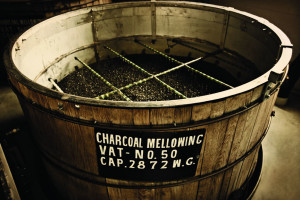
(Credit: Brown-Forman)
In Tennessee, the climate is lousy for making maple syrup, but there are still a great many sugar maples thriving in the forests. All other hardwoods had and still have a plethora of uses other than making charcoal. Sugar maple is abundant, but not much used for making furniture, musical instruments, barrels, boats or in construction. I’ve raised this topic with Chris Fletcher (current Jack Daniel’s Master Distiller), Jeff Arnett (former Jack Daniel’s Master Distiller) and John Lunn (former George Dickel Master Distiller, now deceased). All three were adamant that charcoal filtration doesn’t actually put anything into the new make whiskey; two of the three said the reason they’ve used sugar maple is because it’s a cheap and abundant source of charcoal, nothing more.
Still not persuaded? Consider this. The ignition point of dry sugar is 350F. To make charcoal, the temperature must be above 750F. Furthermore, making charcoal isn’t anything like charring the inside of a barrel. The latter process scorches the surface and carmelizes the interior of the wood, while charcoal-making carbonizes the entire material. The stuff maple syrup is made of is absolutely burned off by the process of making charcoal.
Lessons Learned
It’s important in this business to guard against your conceits and preconceived notions in any exercise that contains a fundamentally subjective element, and the best way to do that when a blind tasting is inconvenient is education. Brown-Forman whiskeys often have a banana note because their house yeast family produces it; that is science and the company confirms it. Filtration through sugar maple charcoal doesn’t introduce maple flavors to a whiskey, because that isn’t the purpose, besides which the maple-tinged sugars in question have long since been scorched into ash.
The maple note isn’t there. As for why some would perceive it, the maple flavor is so familiar in this country that I cannot credit the misidentification is due to a shallow palate. The only reasons left are dual failures in industry education and a failure of sensory evaluation. Keep that in mind the next time you read about Jack Daniel’s Old No. 7 and its “trademark maple syrup note.”

